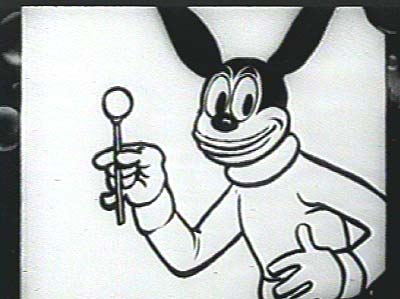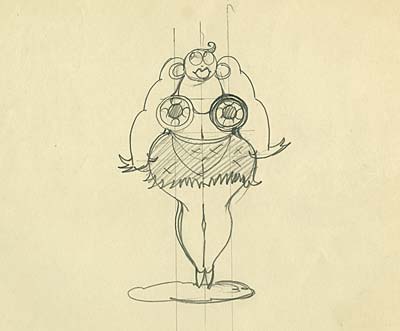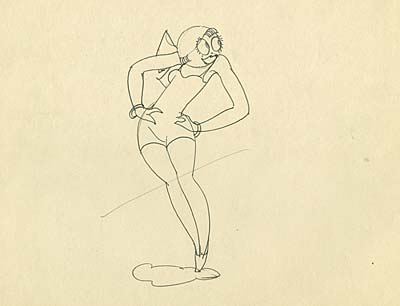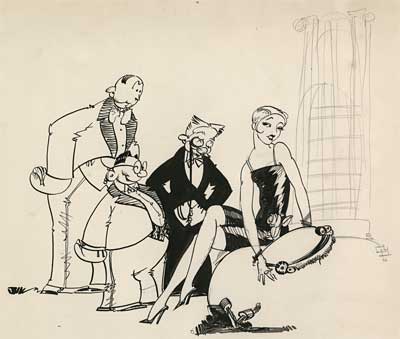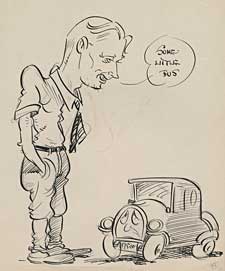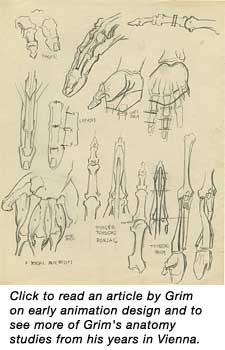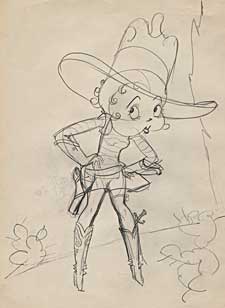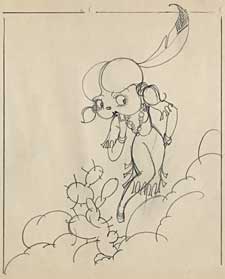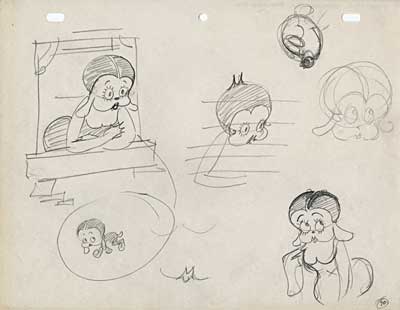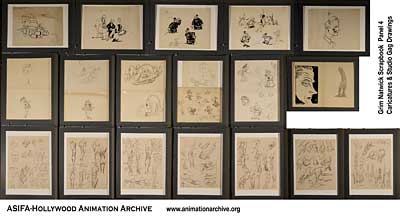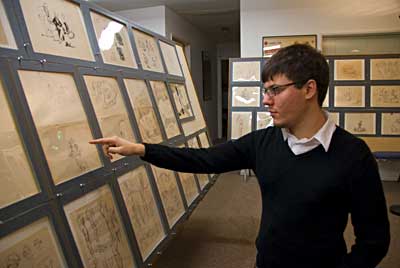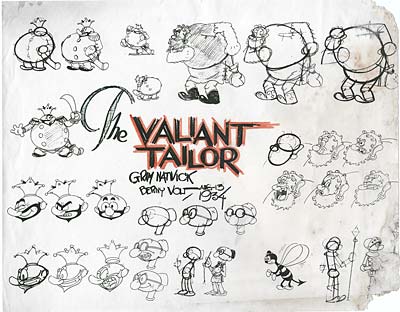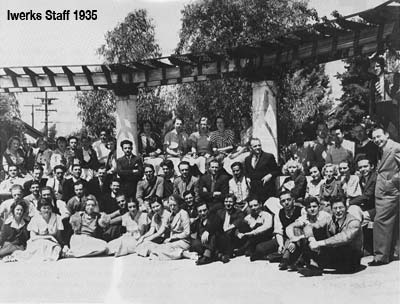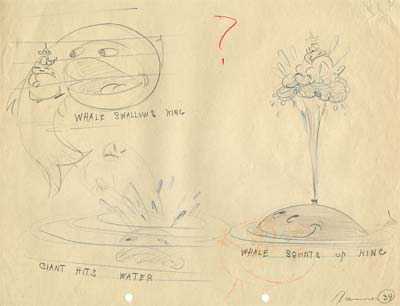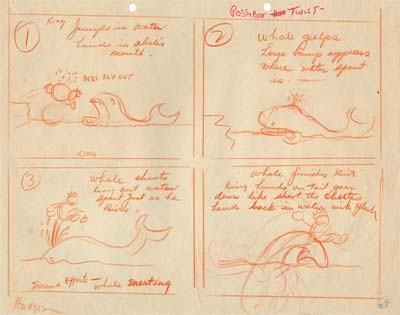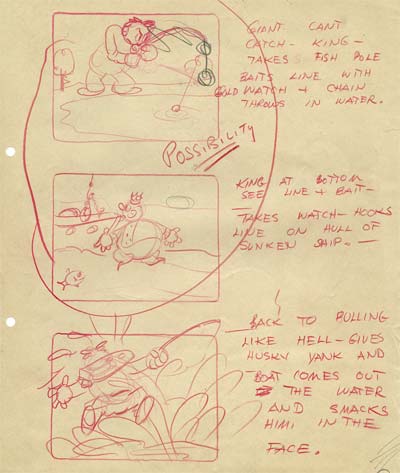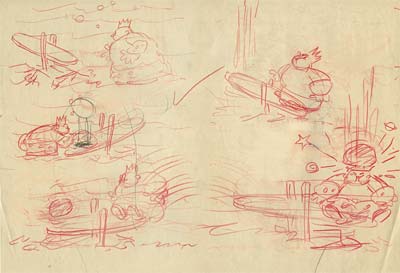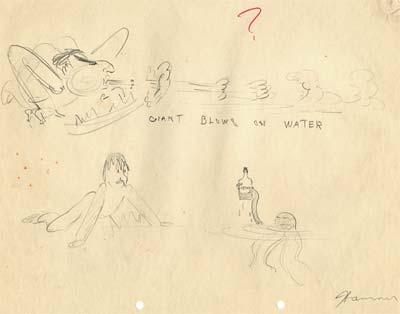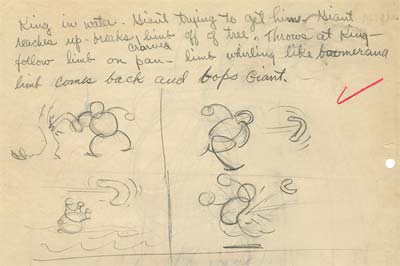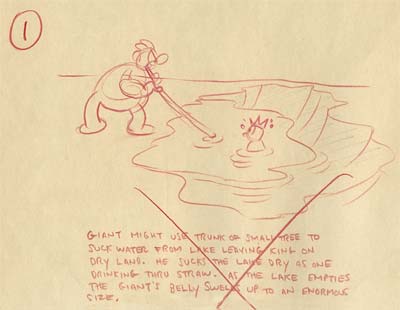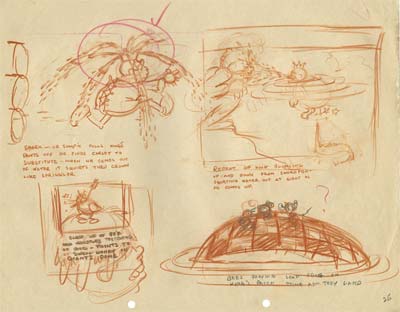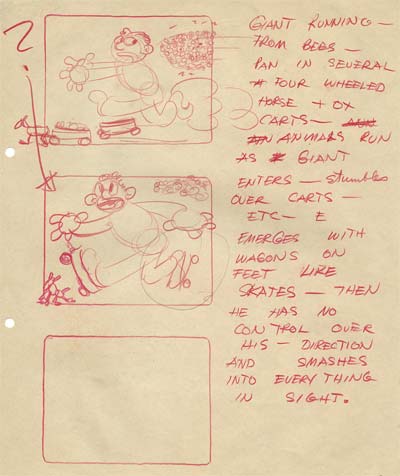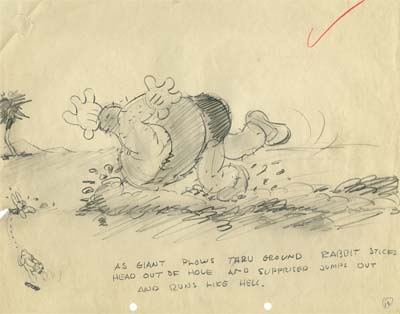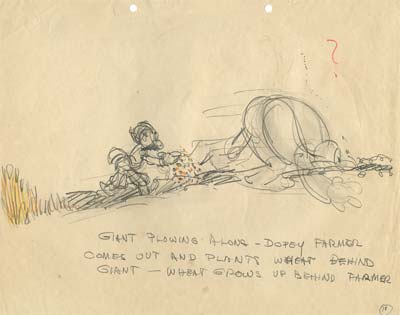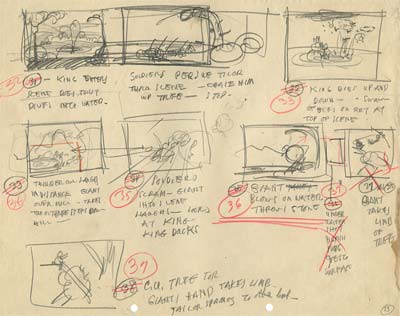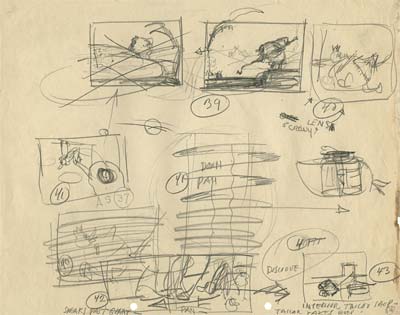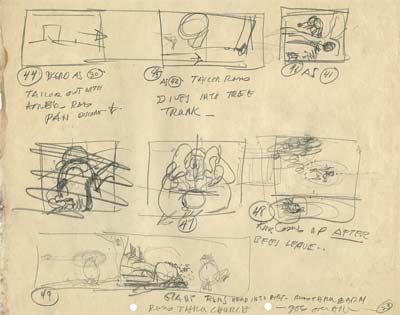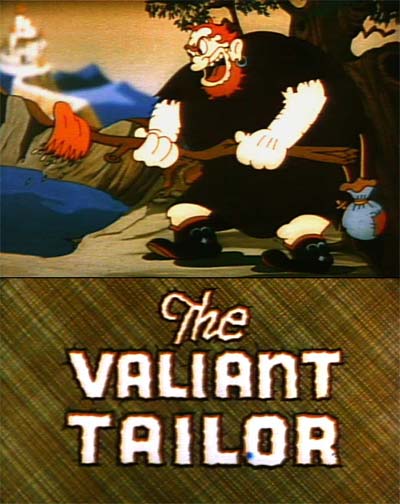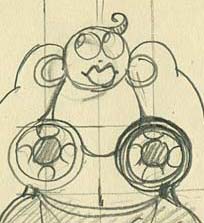
![]() We continue to digitize and master the Fleischer Bouncing Ball Screen Songs for inclusion in our database. These cartoons haven’t been seen since they were syndicated for television in the 1950s. Today’s cartoon is a real gem… "Mariutch" (1930).
We continue to digitize and master the Fleischer Bouncing Ball Screen Songs for inclusion in our database. These cartoons haven’t been seen since they were syndicated for television in the 1950s. Today’s cartoon is a real gem… "Mariutch" (1930).
Up to now, the history of animation has been told by studio, or by character. But the true history of animation is the story of the people who created these cartoons. "Mariutch" is important because it vividly illustrates the impact that one man had on the Fleischer Studios.
You might remember that we posted a 1929 Screen Song a few weeks ago… It was titled, "I’m Forever Blowing Bubbles"…
"I’m Forever Blowing Bubbles" looks very much like the Screen Songs and Out of the Inkwell cartoons that preceded it… stark white backgrounds with heavy black lines around the characters. This was the look of the "slash system", a technique using overlapping paper cutouts which predated painting the characters on celluloid. The sound synchronization in this cartoon is pretty clumsy, and charming as it is, some of the drawing and animation is primitive as well.
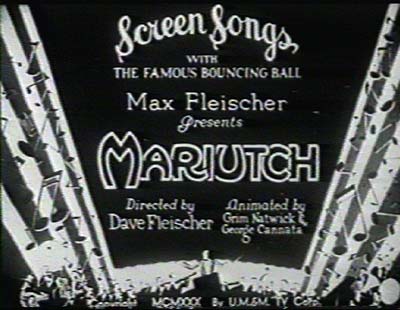
This style of animation was par for the course at the Fleischers in 1929. But when Grim Natwick joined the studio in early 1930, the look of the Fleischer films changed completely. A full range of gray tones was added to both characters and backgrounds. The animation became much more fluid and well-drawn, thanks in great part to Grim’s expert draftsmanship. Along with his crew of kids… Jimmie Culhane, Willard Bowsky and Rudy Zamora, Grim Natwick proceeded to animate things that had never been seen before on the cartoon screen.
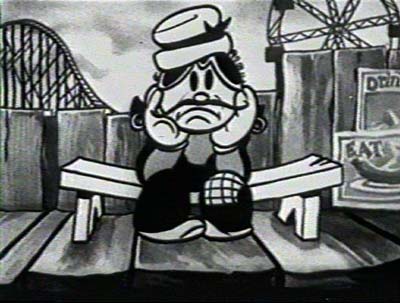
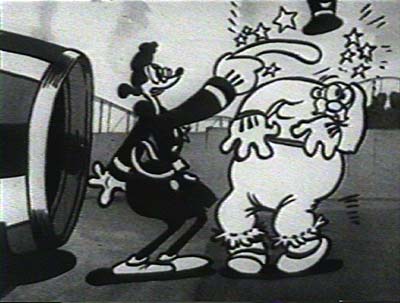
"Mariutch" appears to have been animated almost singlehandedly by Grim. It includes many examples of his experimental movement and timing, which you can see in abundance in another cartoon we posted a few months back, "Swing, You Sinners". Most of all, this cartoon is notable for the early examples of "Grim girls".
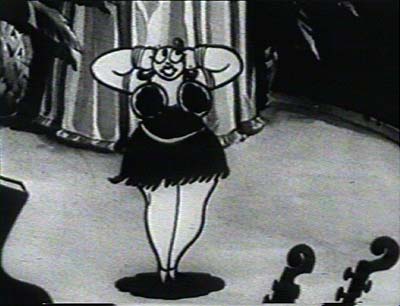
Throughout his career, Grim Natwick excelled at animating girls. He created Betty Boop for the Fleischers, refined and expanded upon his girls at Iwerks, and ended up at Disney animating the ultimate Disney heroine, Snow White. In later years, he would recharge himself between scenes by drawing all types of girls, lettering in a suitable name for them alongside the sketch. Here are a couple of animation drawings by Grim from "Mariutch"…
The narration and singing in this cartoon features the first recording star, Billy Murray. He was famous for his dialect songs and made hundreds of records of songs like this for Victor, Edison and Columbia. I hope you enjoy "Mariutch". We’ll have another Screen Song for you soon.
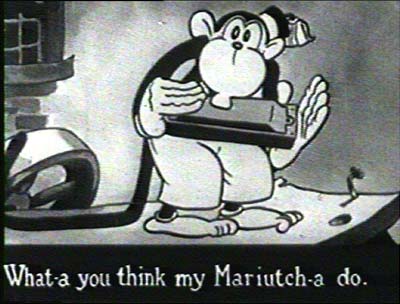
Mariutch (Fleischer/1930)
(Quicktime 7 / 15 megs)
Stephen Worth
Director
Animation Resources
This posting is part of an online exhibit entitled Grim Natwick’s Scrapbook.
![]()
This posting is part of the online Encyclopedia of Cartooning under the subject heading, Animation.
THIS IS JUST THE TIP OF THE ICEBERG!
Animation Resources has been sharing treasures from the Animation Archive with its members for over a decade. Every other month, our members get access to a downloadable Reference Pack, full of information, inspiration and animation. The RefPacks consist of e-books jam packed with high resolution scans of great art, still framable animated films from around the world, documentaries, podcasts, seminars and MORE! The best part is that all of this material has been selected and curated by our Board of professionals to aid you in your self study. Our goal is to help you be a greater artist. Why wouldn’t you want to be a member of a group like that?
Membership comes in three levels. General Members get access to a bi-monthly Reference Pack as well as a Bonus RefPack from past offerings in the in-between months. We offer a discounted Student Membership for full time students and educators. And if you want to try out being a member, there is a Quarterly Membership that runs for three months.
JOIN TODAY!
https://animationresources.org/membership/levels/
FREE SAMPLES!
Not Convinced Yet? Check out this SAMPLE REFERENCE PACK! It will give you a taste of what Animation Resources members get to download every other month! That’s 560 pages of great high resolution images and nearly an hour of rare animation available to everyone to download for FREE! https://animationresources.org/join-us-sample-reference-pack/
![]()
![]() Animation Resources depends on your contributions to support its projects. Even if you can’t afford to join our group right now, please click the button below to donate whatever you can afford using PayPal.
Animation Resources depends on your contributions to support its projects. Even if you can’t afford to join our group right now, please click the button below to donate whatever you can afford using PayPal.














